-> 01 Jan 2024
https://libguides.hull.ac.uk/literaturereviews/dissertations
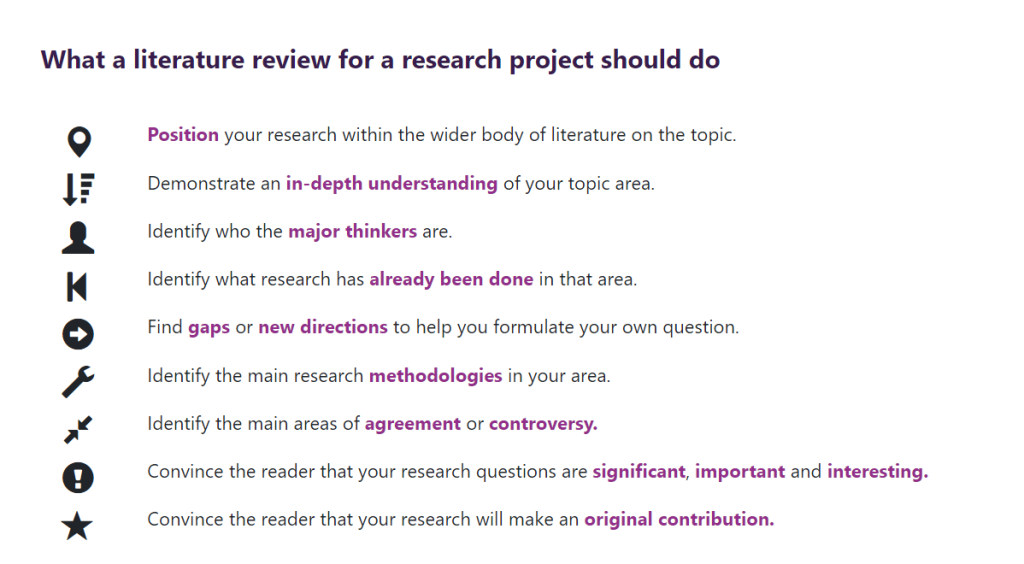

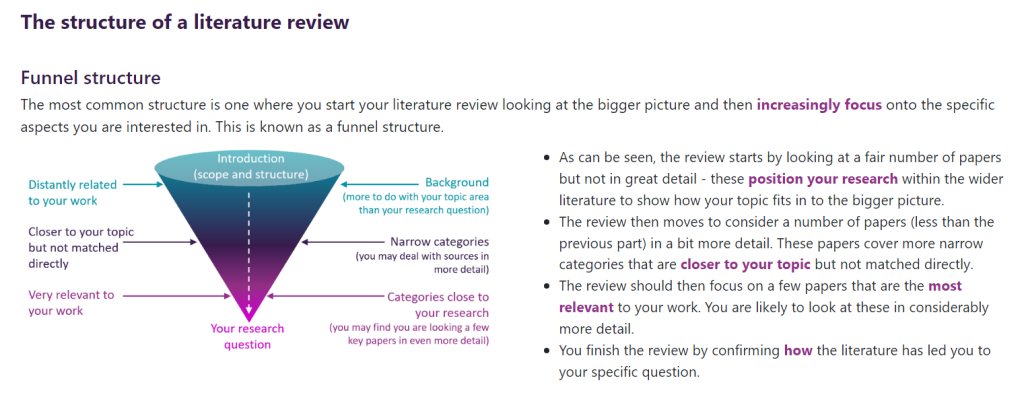


Literature Review: 10 Top Tips
–
Developing and Writing a Literature Review
Academic Sourcing
•Animationstudies 2.0
•https://blog.animationstudies.org/
•Google Scholar
•https://blog.animationstudies.org/
•JSTOR
•EBSCO
Define your research scope
- An opportunity to select foundations for a topic of interest that supports a potential thesis proposal.
- Explore materials and resources Research your topic options
- Write a list of keywords related to that thesis you can use to streamline your source-gathering process.
The purpose of writing a literature review is to present the sources you’ve used in your research to your work’s readers.
•Relevant research methodology: Explaining the type of research you conducted, how you conducted your research and collected your data, your reasons for choosing the sources you chose, and how you analyzed the data you collected.
•Theoretical framework you established: Mapping your research shows where you started, which concepts you chose to focus on, and where following those concepts brought you. Generally, these concepts are theories and models established by academics in your field.
•Where your work fits into the bigger picture: Explain how your findings connect to the existing body of research on your topic and how it relates to other pieces of research, any existing gaps it fills, and any debates to which it contributes.
–
Structuring a literature review
A literature review: states the research question and explains how you tackled it.
•A literature review’s length depends largely on the type of research it’s being written for. For a short paper, it might only be a few pages long, but for a lengthy work like a thesis or dissertation, it’s often an entire chapter.
Style and writing approach
A literature review requires the same style as any other piece of academic writing. That means no contractions or colloquialisms, concise language, formal tone, and an objective perspective at all times.
Identify themes, patterns, and gaps within your body of sources
-> Why, when, where, how…
–
Create a literature review outline
There are alternatives to organizing an outline. You can organize it chronologically, listing and discussing the oldest sources you’ve consulted and working up to the latest pieces. You can also organize your sources according to their themes, creating a section for each shared theme you encounter and discussing it there. Another way to organize your sources in your outline is to group them according to the research methods used by their authors.
–
Create a literature review outline
- Remember to follow the Harvard referencing system.
- The best way to organize your literature review often depends on your subject area.
- Presenting your sources chronologically or according to their themes can effectively highlight how existing research on your subject has evolved.
–
Using all research sites
•Find and list at least two relevant sources to your topic
•Write down your key insights and how each source you consult contributes to the existing pool of knowledge on its subject. Explore how the sources challenge and contradict each other and where they agree or expand upon each other.
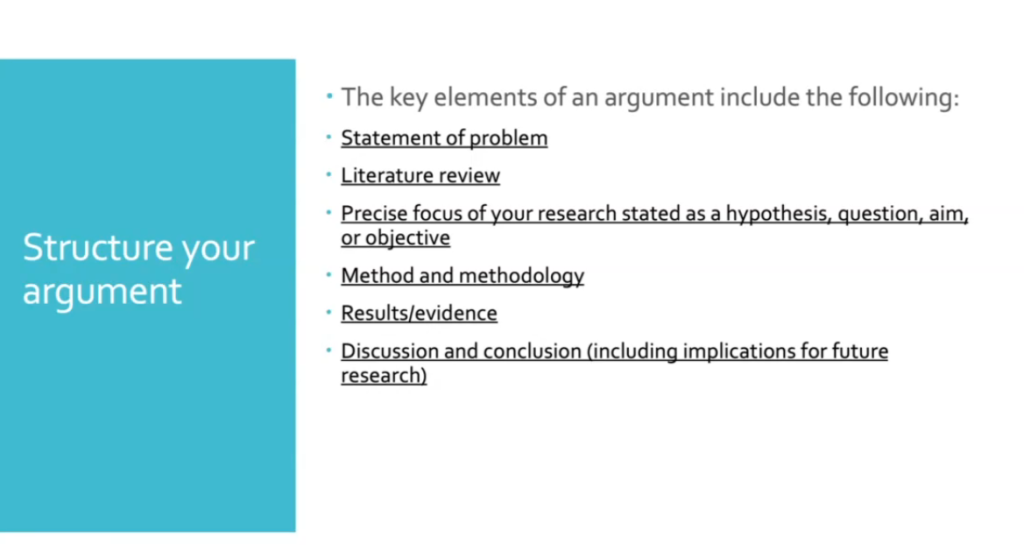
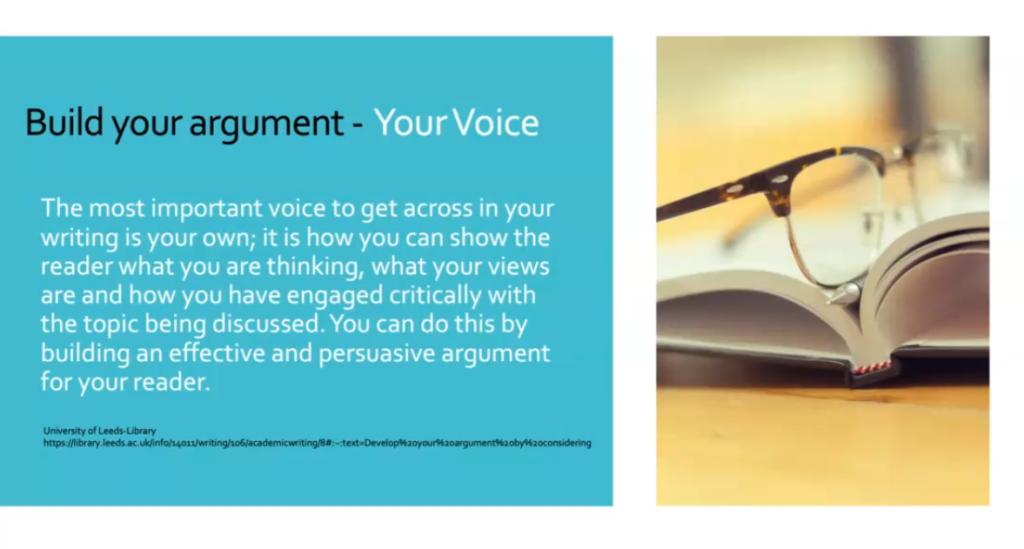
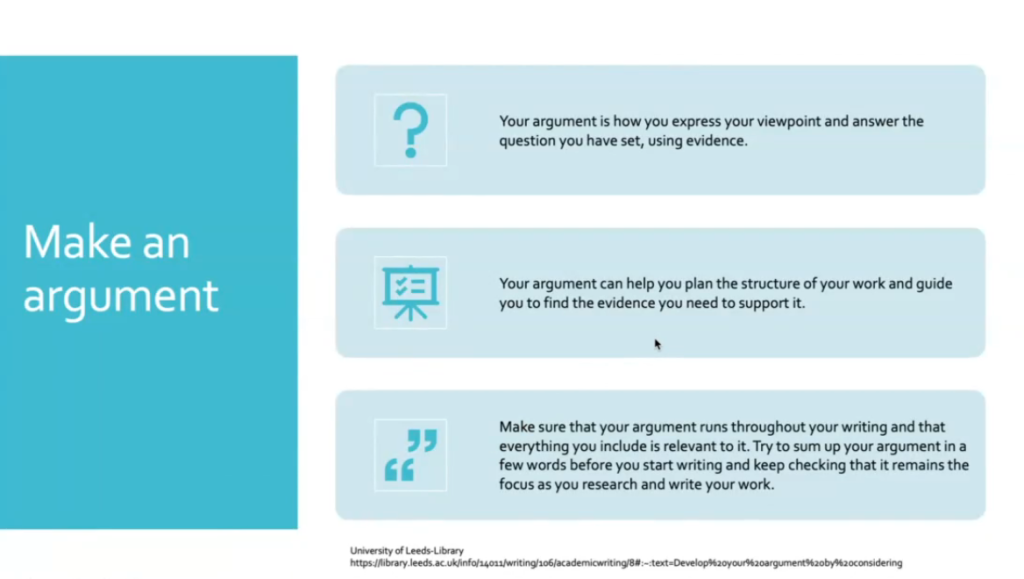
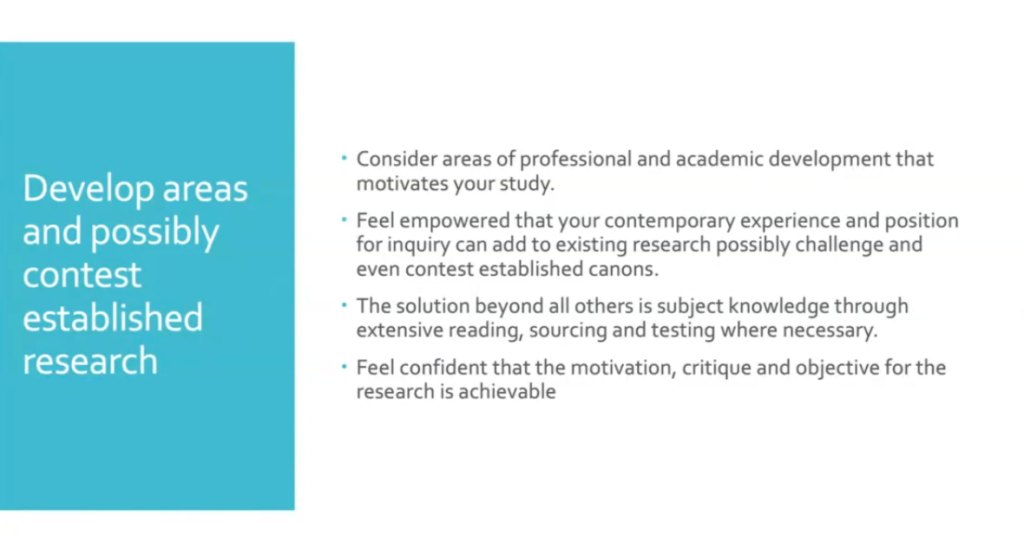
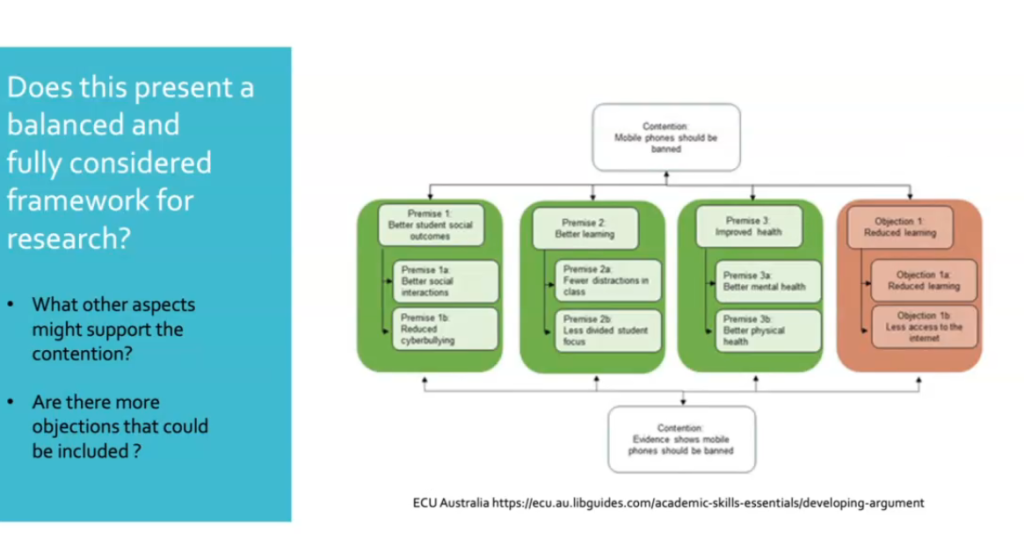
–
TASK
Start a section on your blog for the FMP thesis proposal
Consider the following questions and try to provide brief answers on your blog for next week.
- On graduation which area or environment of production do you wish to focus upon and why?
- What skills will you need to attain the standards required for vocational practice?
- How will you showcase your FMP practice for the final shows?
- Is it important to directly connect the thesis research to your practical work?
Do you have an area of research you wish to conduct that is unrelated to practical elements